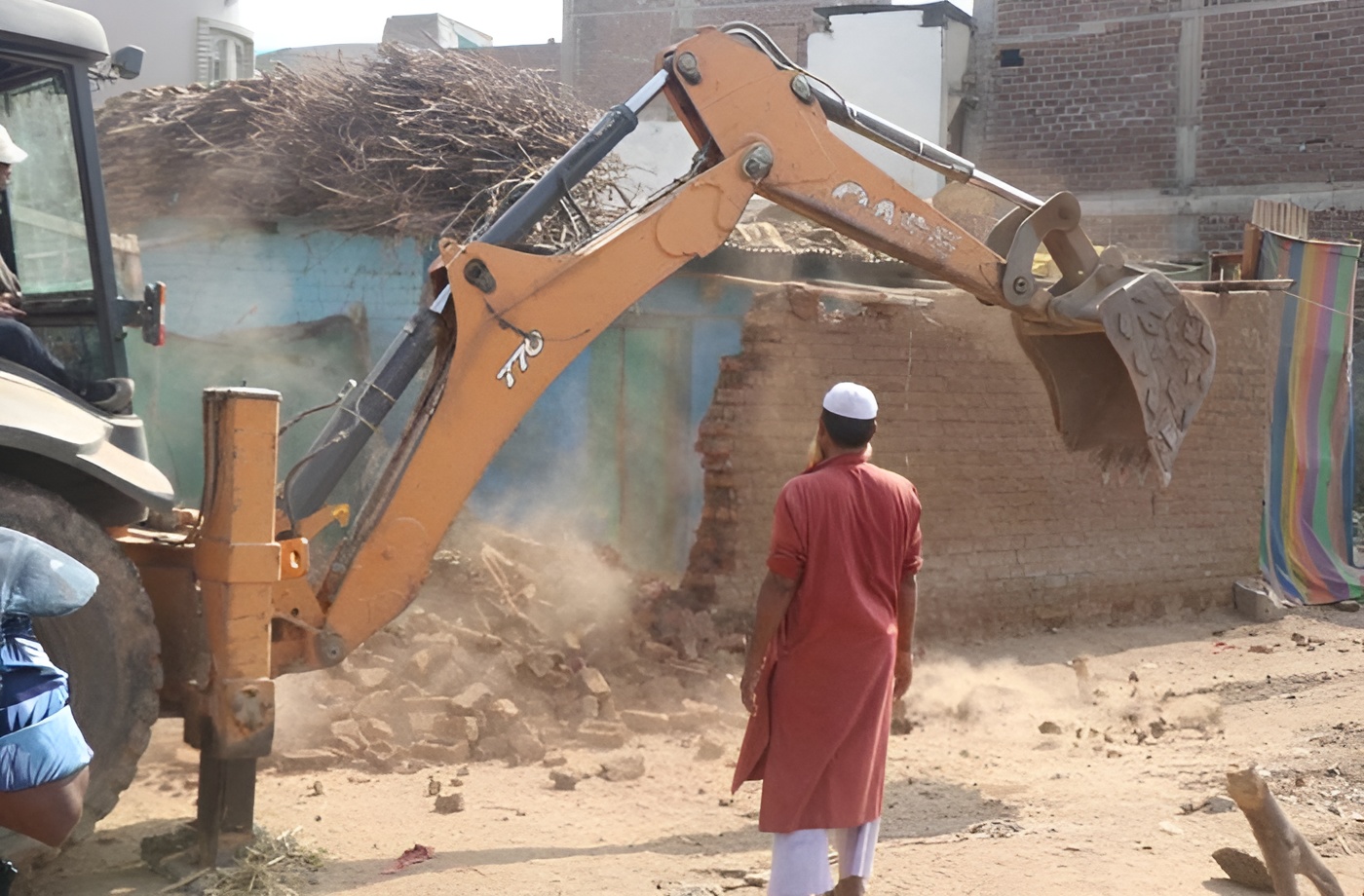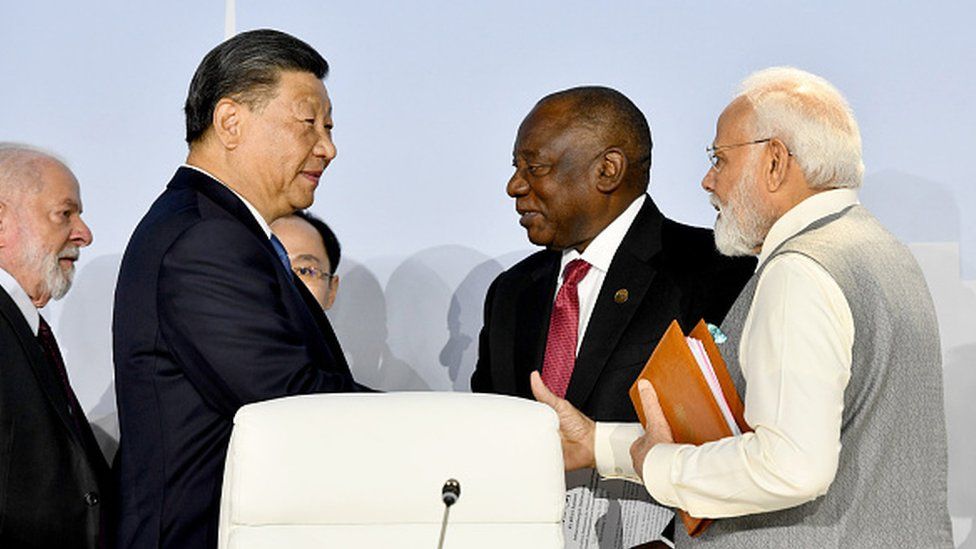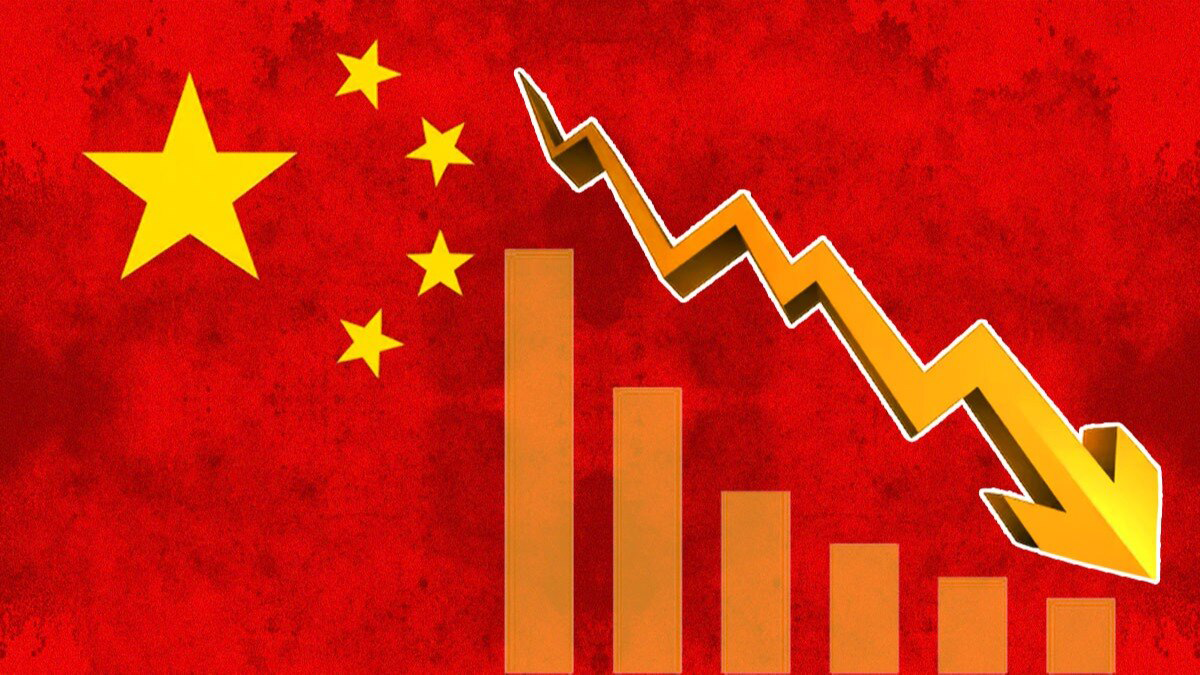India, a country with a rich history and culture, is once again at a pivotal point in its development. It has had key turning points over time that have influenced its identity and future. Discussions concerning the country’s future course have been triggered by recent events involving the Ram Mandir, Article 370, and the possibility of constitutional revisions. Due to these events, India is at a turning point where its past, present, and future are converging.
The process of building the Ram Mandir at Ayodhya is an example of the intricate interaction of politics, religion, and historical narrative. The nation’s effort to reconcile its secular identity with its religious roots was reflected in the long-running battle over the site, which had been a divisive subject for decades. The decision to eventually construct the temple is a reflection of the shifting dynamics of power and public opinion. It also prompts questions regarding the predominance of religious feelings over democratic pluralism’s core values.
A divided fate hangs ominously over the nation, pulling it in different directions. Perhaps there have been few periods in the history of India after gaining independence that have been as intensely challenging as the current ones faced by the citizens.
Invigorated by its victories in Ayodhya (Ram Mandir) and Kashmir (Article 370), a forthright right wing now makes the audacious move to flog the agenda closest to its ideological core, namely, the rewriting of the Indian constitution—not just to erase the terms “secular” and “socialist” from its Preamble, but to inscribe a new definition of the Indian state as a Hindu Rashtra.
In Jammu and Kashmir, Article 370 was repealed, which was another major development that rippled throughout the country. Within India’s federal system, the particular autonomy accorded to the area was a novel arrangement. Its cancellation sought to better bind the area to the rest of the nation. While supporters claim that this action would promote growth and togetherness, detractors raise concerns about what it may mean for the region’s varied population’s ability to exercise its own political and cultural sovereignty.
A third, and maybe the most contagious, outreach is provided by corporate electronic media channels run by Comprador, where a large number of young anchors and reporters are now psychologically prepared to enthusiastically promote official ideas. Frequently, all day. India now confronts a new set of difficulties as conversations about constitutional modifications start to take place. The idea that the political state should be guided by the nation’s cultural reality represents a trend towards a more cultural and identity-centric governing approach. This may alter how the government interacts with its people, including by influencing laws and policies to reflect particular cultural narratives. The possible marginalisation of minority populations and the degradation of the secular fabric, which has been a pillar of the Indian republic, pose the greatest threat.
The agenda is being framed in two overlapping ways: first, that the purportedly monochromatic cultural reality of this ancient land must find a place as the guiding principle of the political state; and second, by marrying this in a most instructive way with the ‘giant strides’ being made by the motherland in the realm of The agenda is being framed in two overlapping ways: first, that the purportedly monochromatic cultural reality of this ancient land must find a place as the guiding principle of the political state; and second, by marrying this in a most instructive way with the “giant strides” being made by the motherland in the realm of “development”—both “facts’ ostensibly necessitating the drafting of a new constitution.
The second reason is merely fanciful rhetoric designed to appeal to the oozing nationalist base, which is ecstatic about India’s purported global leadership, in order to win over the middle class on the pretext of some flimsy economic justification for the state’s metamorphosis into a powerful, sectarian institution. Forget about the appalling levels of hunger and malnutrition, the record unemployment rates, the abominable income disparities, the widespread anaemia among lactating women, the embarrassing requirement to provide free grains to about 80 crore Indians, and the pitiful per capita PPP compared to the developed world.
Remember that the Indian constitution has undergone 106 revisions in the past 70 years, whereas the US, the nation with the largest economy in the world, has only undergone 27 since 1787, the Japanese have undergone none, and the British are OK without a written constitution. In other words, where progress has been most rapid, the least change has occurred. Forget about the appalling levels of hunger and malnutrition, the record unemployment rates, the abominable income disparities, the widespread anaemia among lactating women, the embarrassing requirement to provide free grains to about 80 crore Indians, and the pitiful per capita PPP compared to the developed world.
Remember that the Indian constitution has undergone 106 revisions in the past 70 years, whereas the US, the nation with the largest economy in the world, has only undergone 27 since 1787, the Japanese have undergone none, and the British are OK without a written constitution. In other words, where progress has been most rapid, the least change has occurred.
So much for the false propaganda that asserts that a new constitution is necessary due to fast economic progress. The current constitution must be abolished in order to create a hospitable religio-cultural framework, not for “development. And wouldn’t the state’s corporate owners like a scenario in which various disputes among a mindlessly consuming public were finally resolved by a last sleight of hand like a revised constitution?
The upcoming general election in 2024 will likely be India’s equivalent of the German elections in 1933, which is a clear and revealing reality. Golwalkar’s praise of the Nazi government continues to serve as a guide on how to think about the dangerous froth that is currently afloat.
While it is obvious that the consolidation of 26 political parties into a conglomerate with the instructive name of India reflects their understanding of the mortal nature of the prospect that now faces the democratic republic, that understanding must also progress to a recognition (an anagnorisis) that, were they to fail for petty reasons, they may not have another chance for a very long time.
Even if some may think they have more clout in their own strongholds, if they sink, they all sink. They shouldn’t assume with complacency that a third mandate for the RSS-led right wing won’t result in a systematic reformation of the state. To the devastating disadvantage of the human species, that kind of illusion has previously occurred in other parts of the world.
If such a constitutional change were to take place, we may find ourselves reliving horrifyingly expanded versions of the conditions that currently exist in Manipur and Haryana. Never forget that while the expropriating elite will never need democracy, it is nothing less than a lifeline for the majority. The Indian conglomerate must be prepared to pay the price that freedom demands.
India’s history, legacy, and ambitions come together at this crucial time. The decisions taken now will determine how the country develops for many years. We all have a responsibility to make sure that these decisions are in keeping with India’s genuine character as a nation that values diversity, defends justice, and protects the rights and dignity of every person. India can only get through this crossroads and emerge stronger, more unified, and loyal to its goals by engaging in intellectual conversation, remaining open-minded, and adhering to democratic norms.








